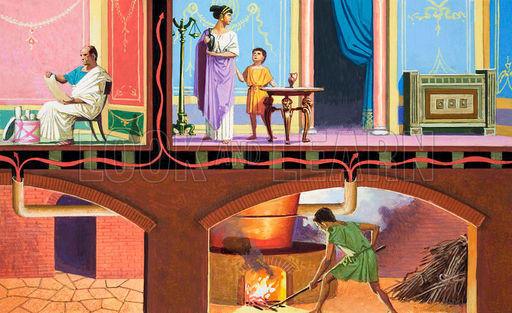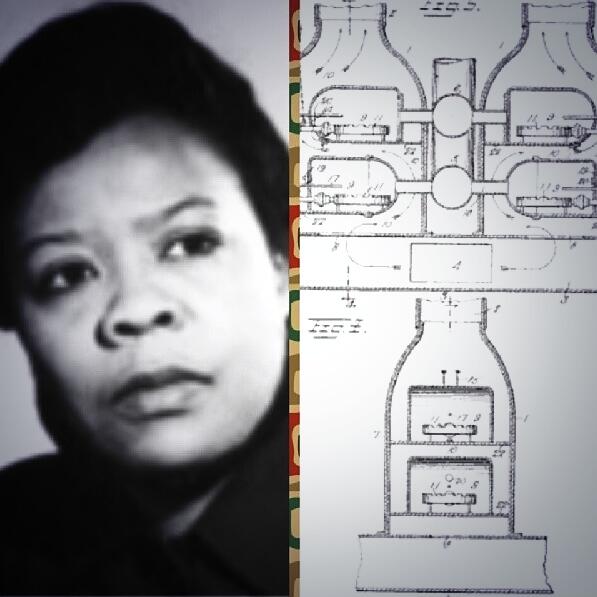The History of Home Heating
James Hall | 26th Apr 2016

Before the Wall Heater...
Since the beginning of time, humans have yearned to keep themselves warm under harsh environmental conditions. In earlier times, a simple heating system such as fireplace was used extensively to stay warm but other systems, such as furnaces and electric heaters, have gained popularity recently. Today, central heating systems are often used to heat houses and other buildings in cool climates.
Romans are credited with having the first central heating system that channeled hot air from a furnace through pipes placed behind walls and under floors. The early Koreans also had a similar system, except they used excess heat from cooking stoves to heat the air. Some early Muslim architects are also known to have constructed pipes under floors to keep the entire building warm.

Towards the end of the 19th century, low-cost cast iron radiators made it possible to heat homes efficiently. Dave Lennox was the first man to manufacture and market a steel coal furnace in 1895. Due to lack of electrical power supply at that time, the heat was transported by means of natural convection rather than fans. However, this heating solution still wasn’t as efficient as required to keep the entire house warm.
Just after the turn of the century, Albert Marsh discovered Chromel; an alloy made of one part Chromium and four parts Nickel. Some variations also include iron as part of the alloy. This new alloy heralded the coming of electrical heating elements in the market, and it was also 300 times stronger than other similar materials of the time. For his contributions, Albert Marsh is widely regarded as “the father of the electrical heating industry.”

The first patent for inventing the central heating system was granted in 1919 to Alice Parker. This heating solution was a stark contrast to all the rest that came before it. It provided people with easy means to regulate the temperature throughout their homes more efficiently. The invention proved to be quite successful and one didn’t have to stay close to the fireplace any longer to stay warm.
An early prototype of a forced convection wall heater was introduced in 1935, and it utilized a coal furnace and an electric fan, along with ductwork throughout the home to supply heat to various parts of the building. By the middle of the 20th century, recessed wall heaters became more common in many households and apartments. These heaters utilized floor space efficiently, while still keeping the house warm.
Right alongside recessed wall heaters, wall-mounted electric heaters, also known as wall heaters, surged in popularity. Wall heaters mainly used electricity or natural gas to produce heat, and one of their main advantages was their small size. Another benefit of wall heaters is that they are just temporary fixtures and can be moved around the house as desired. During off seasons, they could be easily detached and stored away in a garage or a closet.
Today’s wall heaters are constructed with light advanced metals, which are also very durable. The heating elements that they use are ceramic materials or a series of coils and tubes that channel the heat for maximum efficiency. Also, many wall heater models today come with an electric blower to force the warm air to flow in whichever direction one wants.













